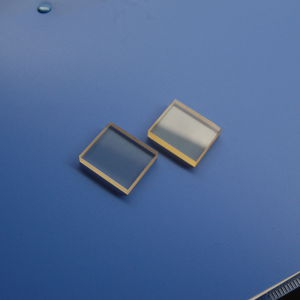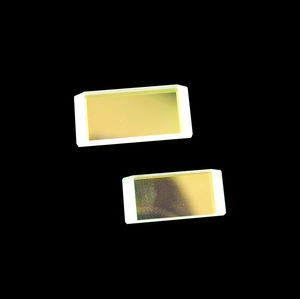
- Metrology - Laboratory
- Optical Component
- Visible polarizer
- Hobbite.Co., LTD
Visible polarizer laseroptical
Add to favorites
Compare this product
Characteristics
- Spectrum
- visible
- Options
- laser, optical
Description
A Wollaston prism is an optical device, invented by William Hyde Wollaston, that manipulates polarized light. It separates randomly polarized or unpolarized light into two orthogonal linearly polarized outgoing beams.The Wollaston prism consists of two orthogonal calcite prisms, cemented together on their base (traditionally with Canada balsam) to form two right triangle prisms with perpendicular optic axes. Outgoing light beams diverge from the prism, giving two polarized rays, with the angle of divergence determined by the prisms’ wedge angle and the wavelength of the light. Commercial prisms are available with divergence angles from 15° to about 45°.
Catalogs
No catalogs are available for this product.
See all of Hobbite.Co., LTD‘s catalogsRelated Searches
- Glass lens element
- Optical prism
- Spectrum lens element
- Optical lens element
- Glass optical prism
- Visible lens element
- BK7 lens element
- Laser lens element
- Silica lens element
- Glass mirror
- Fused silica lens element
- Laser mirror
- BK7 optical prism
- Beamsplitter
- Optical glass lens element
- Anti-reflective lens element
- Polarizer
- Fused silica optical prism
- Right-angle optical prism
- Aspherical lens element
*Prices are pre-tax. They exclude delivery charges and customs duties and do not include additional charges for installation or activation options. Prices are indicative only and may vary by country, with changes to the cost of raw materials and exchange rates.
















